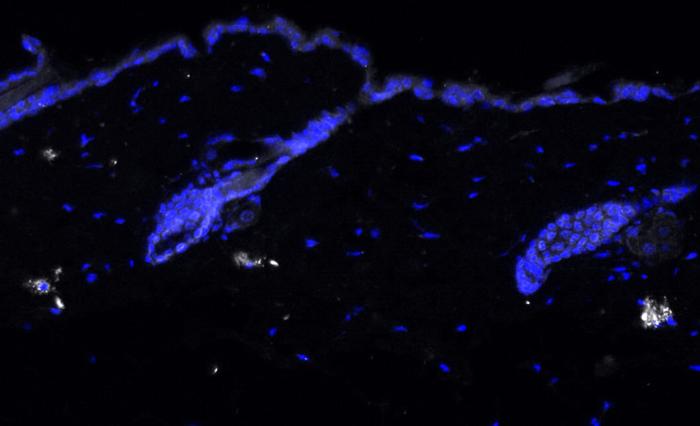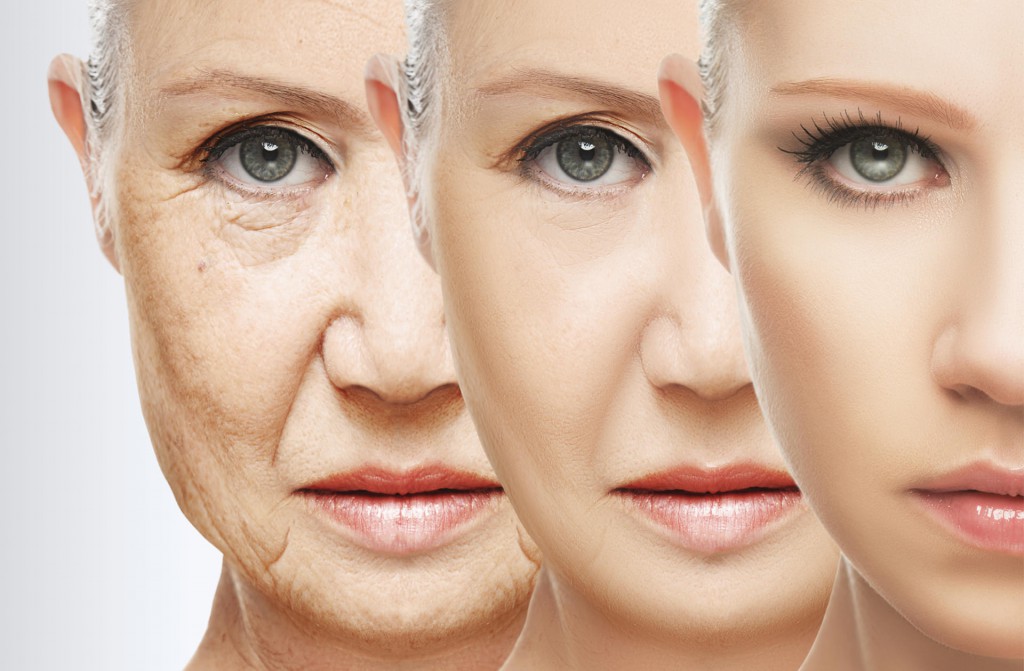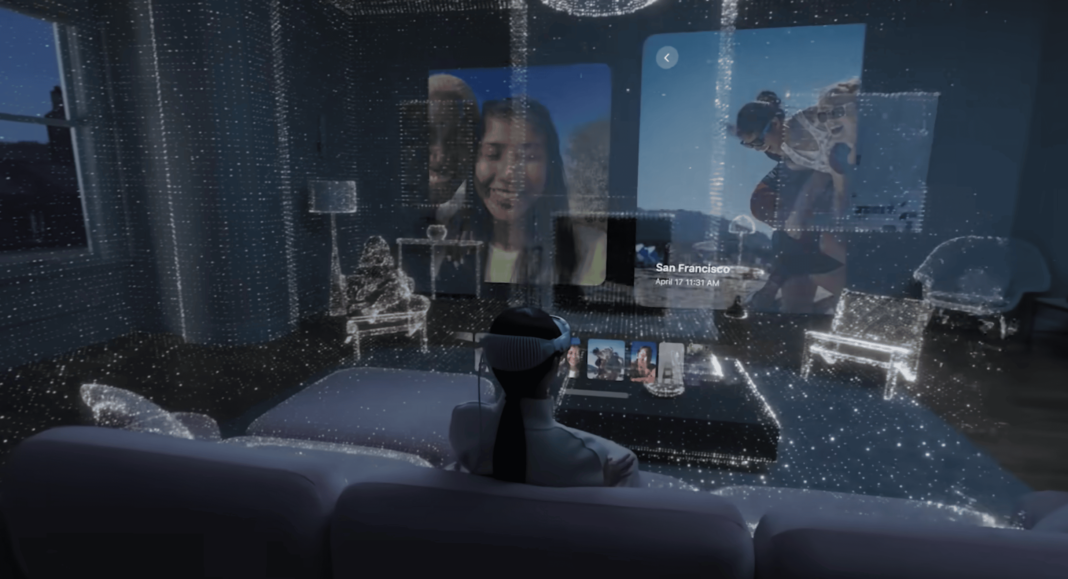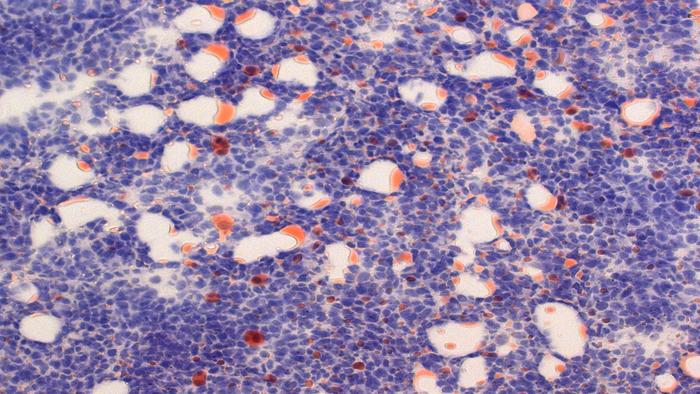Skin ageing is a natural process characterized by various structural and functional changes that lead to the deterioration and fragility associated with age. A recent study conducted by a team of scientists from the Institute for Research in Biomedicine (IRB Barcelona) and the National Center for Genomic Analysis (CNAG) has shed light on the role of IL-17 protein in the ageing process of the skin. Their findings, published in the prestigious journal Nature Aging, have unveiled the significance of IL-17 as a determining factor in skin ageing and opened up new avenues for the development of therapies to improve skin health.
Understanding the IL-17-mediated Ageing Process: The research conducted by Dr Guiomar Solanas, Dr Salvador Aznar Benitah, and Dr Holger Heyn has revealed that IL-17 protein plays a central role in the ageing process of the skin. The study identified how some immune cells in the skin express high levels of IL-17 during ageing, leading to an inflammatory state. This discovery has highlighted the importance of immune cells, particularly gamma delta T cells, innate lymphoid cells, and CD4+ T cells, in contributing to the pro-inflammatory environment in aged skin.

Reducing Inflammation and Delaying Age-related Features: Blocking the function of IL-17 has been found to be effective in reducing the pro-inflammatory state associated with skin ageing. The researchers observed that inhibiting the activity of IL-17 slows down the appearance of age-related deficiencies in the skin. The study evaluated parameters such as hair follicle growth, transepidermal water loss, wound healing, and genetic markers of ageing, all of which showed improvement after treatment with IL-17 inhibition. This promising result suggests that temporary inhibition of IL-17 could offer therapeutic benefits for treating age-related skin symptoms and facilitating skin recovery post-surgery.
Potential Therapeutic Implications: While IL-17 is essential for vital body functions, such as defence against microbes and wound healing, the study highlights that temporary inhibition of IL-17 activity could provide therapeutic benefits without compromising vital functions. This finding paves the way for future research and the development of targeted therapies that aim to modulate IL-17 levels in the skin. The researchers will further investigate the relationship between inflammatory states, IL-17, and ageing processes in the skin. Additionally, they will explore the potential involvement of IL-17 in the ageing and deterioration of other tissues and organs.
The groundbreaking research conducted by the team from IRB Barcelona and CNAG has unveiled the crucial role played by IL-17 protein in skin ageing. By understanding the mechanisms underlying the IL-17-mediated ageing process, the study offers new perspectives for developing therapies that can delay age-related features and improve overall skin health. With further investigation and advancements in this field, targeted interventions that modulate IL-17 levels could become a promising approach for combating skin ageing and potentially addressing ageing-related issues in other tissues and organs.
Note: This blog post is intended for informational purposes only and should not replace professional medical advice.
- Three Normal Skin Ageing Changes: a) Reduced Regeneration: Aged skin has a diminished capacity to regenerate. The production of collagen and elastin, crucial proteins that provide firmness and elasticity, decreases over time. As a result, the skin becomes thinner and more prone to wrinkles and sagging. b) Poor Healing Ability: Ageing skin takes longer to heal from injuries, such as cuts or wounds. The repair process slows down due to reduced cell turnover and diminished blood flow to the skin. c) Diminished Barrier Function: The skin’s protective barrier weakens with age, leading to increased dryness, sensitivity, and vulnerability to external factors like UV radiation and pollutants.
- Fixing Ageing Skin: a) Skincare Routine: A consistent skincare regimen is essential for maintaining youthful-looking skin. Include products with ingredients like retinol, hyaluronic acid, antioxidants, and peptides that can stimulate collagen production, improve hydration, and protect against environmental damage. b) Sun Protection: UV rays accelerate skin ageing, so applying broad-spectrum sunscreen daily, wearing protective clothing, and seeking shade can help prevent further damage. c) Healthy Lifestyle: A balanced diet rich in antioxidants, regular exercise, stress management, and adequate sleep contribute to overall skin health. Drinking plenty of water and avoiding smoking and excessive alcohol consumption are also beneficial. d) Professional Treatments: Consult a dermatologist or aesthetician for professional treatments like chemical peels, microdermabrasion, laser therapy, or injectables (e.g., fillers or Botox) that can target specific ageing concerns.
- Understanding Skin Ageing: Skin ageing refers to the gradual changes that occur in the skin’s structure, appearance, and function over time. It is a complex process influenced by both intrinsic (natural) and extrinsic (environmental) factors. Intrinsic ageing is genetically determined and manifests as fine lines, thinning skin, and loss of elasticity. Extrinsic ageing results from external factors like sun exposure, pollution, smoking, and lifestyle choices, leading to premature ageing signs such as wrinkles, age spots, and uneven texture.
- Four Types of Skin Ageing: a) Chronological Ageing: This type of ageing is a natural process that occurs with time and is influenced by genetics. It leads to intrinsic changes like reduced collagen production, slower cell turnover, and decreased skin elasticity. b) Photoageing: Caused by cumulative sun exposure, photoaging accelerates skin ageing. It results in wrinkles, pigmentation changes, and rough texture. UV rays damage collagen and elastin fibres, impairing the skin’s structure and function. c) Hormonal Ageing: Hormonal fluctuations, especially during menopause, can contribute to skin ageing. A decline in estrogen levels leads to reduced collagen production, dryness, and thinning of the skin. d) Lifestyle-induced Ageing: Unhealthy lifestyle choices like smoking, poor diet, lack of exercise, and excessive stress can expedite the skin’s ageing process. These factors contribute to the breakdown of collagen, increased inflammation, and impaired skin repair mechanisms.











